| TOPIC: GDD Rules Questions/Clarifications |
I'm building up two forces for Napoleonic gaming, in the meantime I've done a couple solitaire games using cut pieces of foam as ad-hoc units. There were a few questions I had, as well as a couple assumptions I wanted to make sure were correct. 1.) The First Time Firing modifier: is this the first time a unit fires in that turn, or the first time it fires in the game period? 2.) When charging you can have the order sent to a group of up to 3. Are they meant to have the same target (that is, one attacked and 2 supporters) or can they each take an individual target? 3.) When a general is seriously wounded and a new one must be found, is the current general's base kept where it is or removed from the table? If the latter, where does the replacement appear? 4.) Groups cannot be mixed infantry/cavalry. Is artillery considered their own type or as infantry/cavalry for foot/horse artillery? 5.) a) With cavalry attacking infantry it says the defenders may "fire and/or form square". Given that forming square doesn't seem to affect your fire, is there any reason why you wouldn't want to form square? 5.) b) One of the attack results says that the infantry are shaken but form a square. However, the outcomes suggest that only unshaken squares are useful. So is there any benefit of a shaken square? Thanks for the help, looking forward to building my Warsaw and Austrian armies!
|
One more I forgot: 6.) The rules say that artillery limbers should be put to the rear of artillery bases when ready to fire, but I never see that in AARs I've read. Is this merely an aesthetic choice? |
Hi, AFAIK, the answers are: 1 - In the game. 2 - Each take an individual target. I would put this another way; if at least one base in the group is going to make contact, it is an attack and pay the points accordingly. 3 - No rule to specify. I play it so that the general can appear with any unit that he commands and could reasonably have reached (i.e. not with cut-off or isolated bases). 4 - IIRC artillery can be part of a group with either infantry or cavalry. I don't think it has to be by group - if a horse artillery battery is part of that formation (e.g. in an Austrian Advance Guard formation), then group it with the infantry if you desire. There are tactical disadvantages to doing this however: if playing with Chris' suggested rule amendment that you must re-organize a group to break it down, then you will find the infantry or cavalry 'tied' to the artillery at crucial moments. 5a - There is no reason not to form square. 5b - There is no benefit to a shaken square. My advice - forget about squares. The mechanics of the game are based around morale and order (i.e. being shaken or unshaken) rather than unit formations. So if the infantry remained steady and drove off the cavalry, who cares if they did it in line or in square? Further advice (but feel free to ignore!) - ignore the "Cavalry charging from 1BW or less" modifier. Consider getting rid of the "Cavalry within 1BW at start of move" and "Cavalry facing SK2 infantry in open" modifiers. Decide if you will allow cavalry charges through infantry bases, forbid them, or decide that the "last 2BW of an attack move must be carried out in a straight line" rule implies that cavalry must have 2BW space after interpenetrating any infantry to be able to charge. 6 - Yes. |
Thanks for the information! I think I will remove the distance-based modifiers for attacking, I didn't quite understand their purpose. If it was because attacking at that distance is a surprise, wouldn't the defenders already see them by then? I do like the idea of SK2 infantry having a setback. While they could defend from charges in a similar fashion, it would be more sluggish from skirmish order to do so. And I think there's enough risk with the infantry becoming shaken that a cavalry charge through your own line is not concerning. |
" I didn't quite understand their purpose. If it was because attacking at that distance is a surprise, wouldn't the defenders already see them by then?" Yes. These modifiers seem to be to give the attackers an advantage in circumstances where an outcome move has taken the attacker quite close to the defender, closer than the attacker could otherwise legally move. This in part simulates surprise and lack of time for the defender to re-configure. In practice, this one seems to produce quite a few odd results. "While they could defend from charges in a similar fashion, it would be more sluggish from skirmish order to do so." Yes, agreed. The issue is how you think of SK2 infantry. If you think of them generally going around in skirmish order then making them vulnerable to cavalry makes sense: but then making SK2 infantry particularly good for infantry assaults seems...awkward. |
This may not be a correct judgement, but it's how I understand the times. Defending against a charge is different between infantry and cavalry: for the former it's more about volley/sustained fire, for the latter having a tight formation is more critical. Charging a mass of bayonets was rarer than often depicted, and a correctly formed square would prevent all but the most dedicated riders and horses. In addition, skirmishers could have their pairs fire and withdraw in a bounding action, adding more distance that the charging infantry must cross and therefore more time to regret their decision. But I'm only getting into tactics, so I have no idea if any historical examples may prove me wrong on how a skirmish line would charge/defend against a charge. |
Notice: Due to issues with the processing of VAT on deliveries to the EU a limit has been put in place, restricting orders to a maximum of £135. We apologise for any inconvenience this causes.
> Forums
Reply
1
> Rules > Polemos Rules > GDD Rules Questions/Clarifications1
NEWS
It's been a busy old week...4th May 2024
I’ve got a Golden Ticket…
26th Apr 2024
'What are you working on?'
19th Apr 2024
Lots of new bits and pieces for you
15th Apr 2024
This week, it’s all about Salute
5th Apr 2024
LATEST FORUM POSTS
Gettysburg reenacted (solo) by ironass5th May 2024
ANTIETAM 6mm by horrorninja29@yahoo.co.uk
5th May 2024
Macedonian Successor Phalangites by Rob Thorn
4th May 2024
Gettysburg reenacted (solo) by ironass
4th May 2024
Gettysburg reenacted (solo) by ironass
4th May 2024
UPCOMING SHOWS
LATEST RELEASES
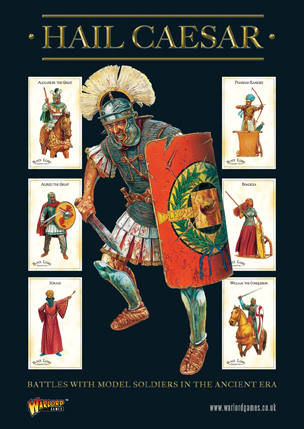 HCNOMAD
HCNOMADHail Caesar Arab Nomad Army
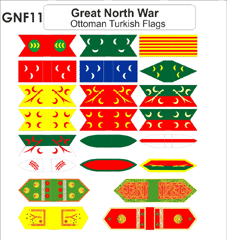 GNF11
GNF11Ottoman Turkish Flags
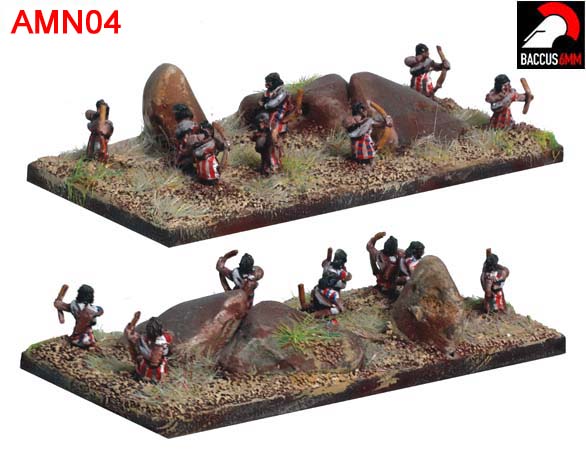 AMN04
AMN04Martu/Amorite Archers
 AMN03
AMN03Martu/Amorite Javelinmen
 AMN02
AMN02Guti Arab Javelinmen, shield
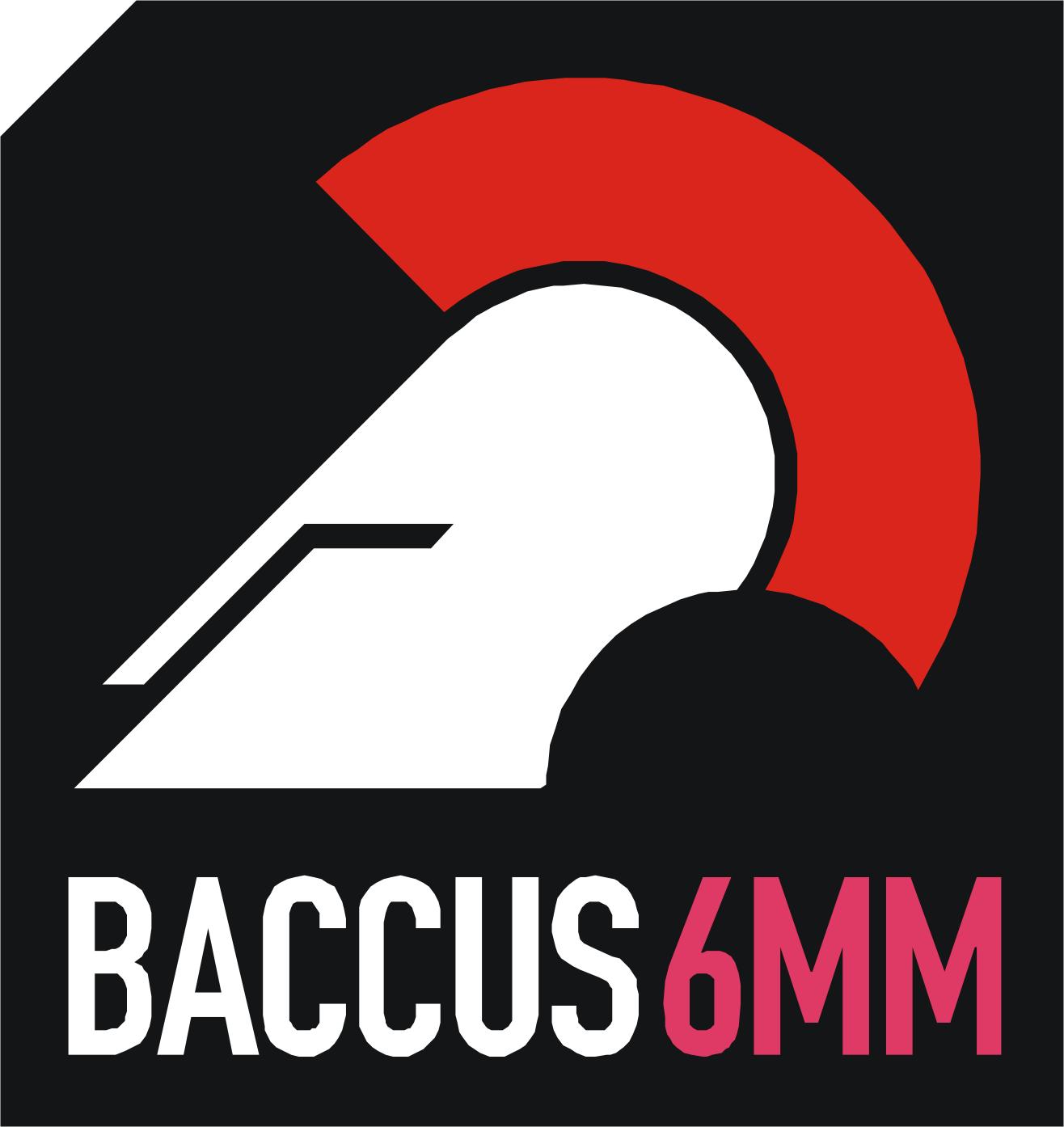





 GDD Rules Questions/Clarifications
GDD Rules Questions/Clarifications
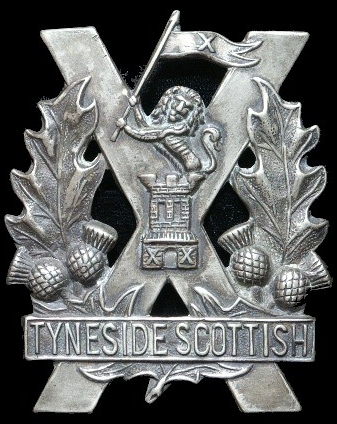 GDD Rules Questions/Clarifications
GDD Rules Questions/Clarifications